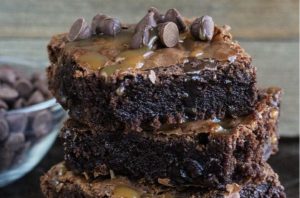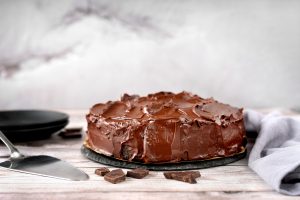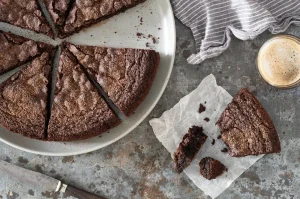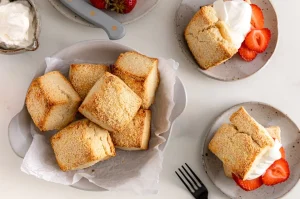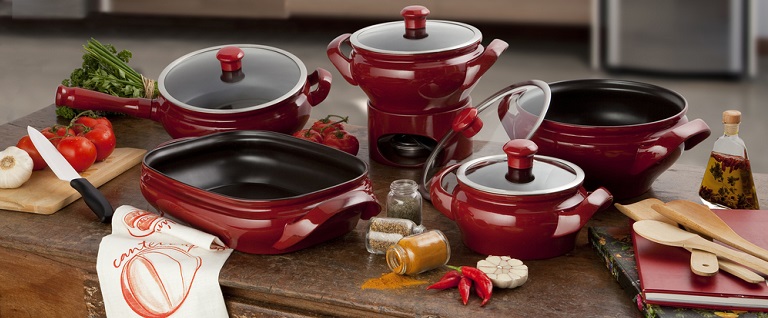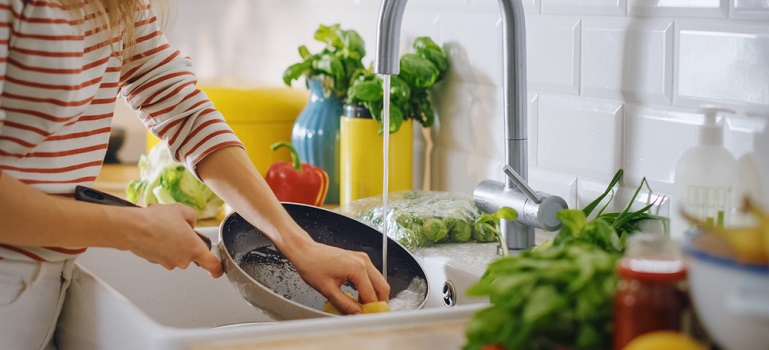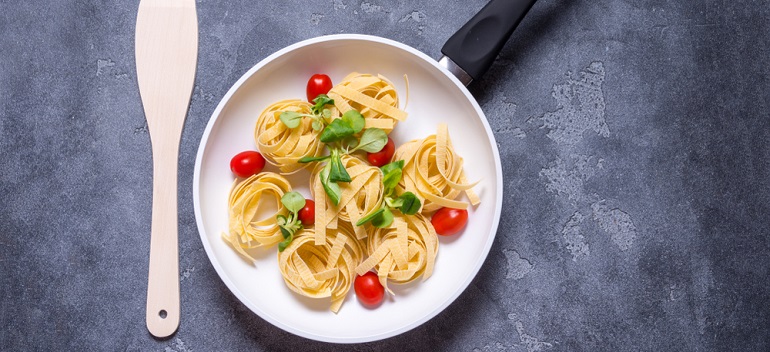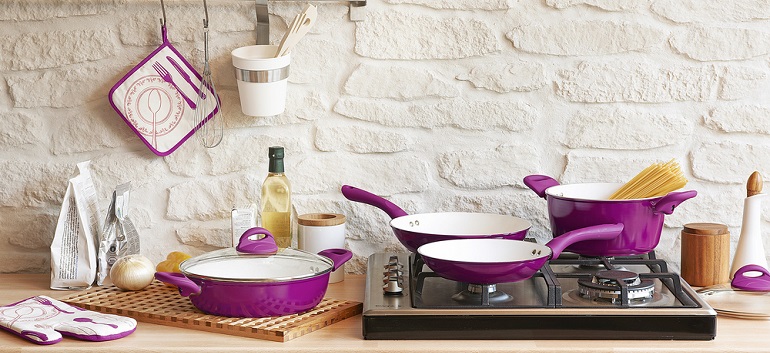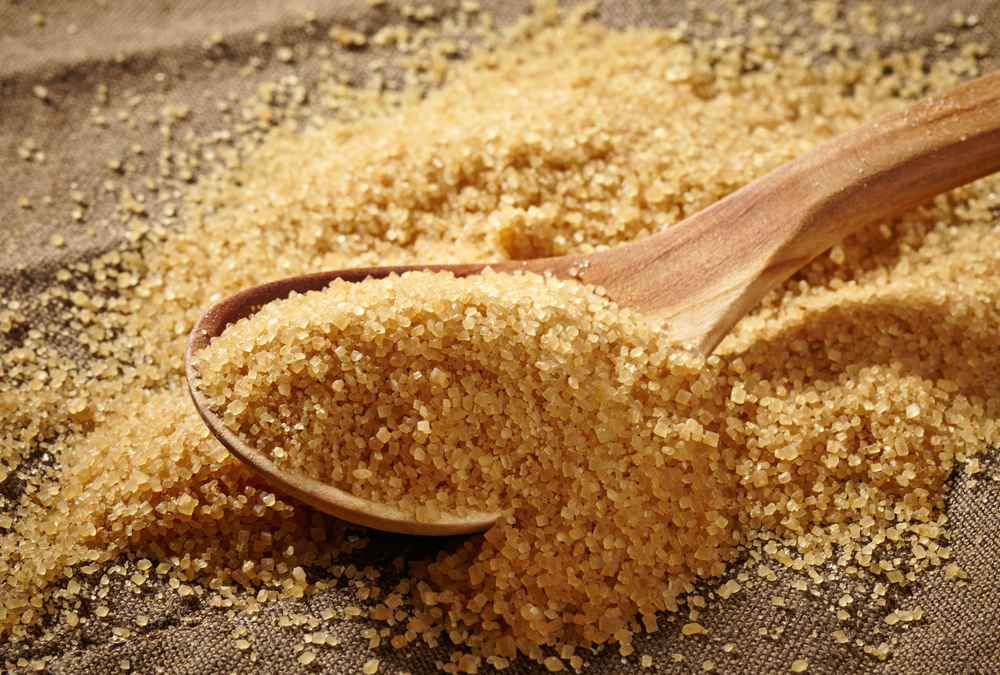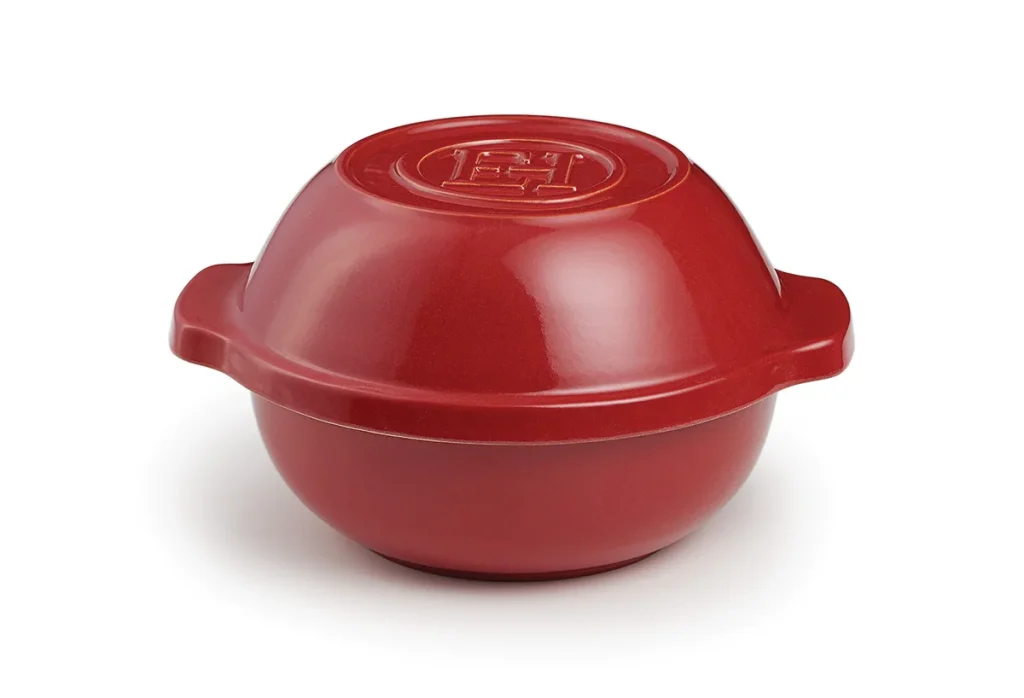What Is Heavy Cream?
By: RedmanShop | January 2, 2025
Baking soda can serve many purposes. With its slightly bitter and salty taste, it works in conjunction with baking powder to act as a leavening agent in many baked goods. Due to its unique and highly alkaline composition, baking soda can also be used for cleaning, deodorizing, beauty products, insect bite relief, natural mouthwash, weed killer and much more.
We have all encountered baking soda at some point in our lives. The multipurpose and multifunctional, naturally occurring chemical seems to be everywhere. In our pantries, cleaning products, refrigerators, and, of course, recipes. Though baking soda is widely known and utilized, many are still unfamiliar with the core of what it does or to the extent; it is necessary in recipes.
Commonly used as a leavening agent in baked goods, baking soda is often confused with its counterpart leavening agent, baking powder. What’s the difference between baking soda vs baking powder? To understand how baking soda works and why it is unique, we must understand what baking soda really is.
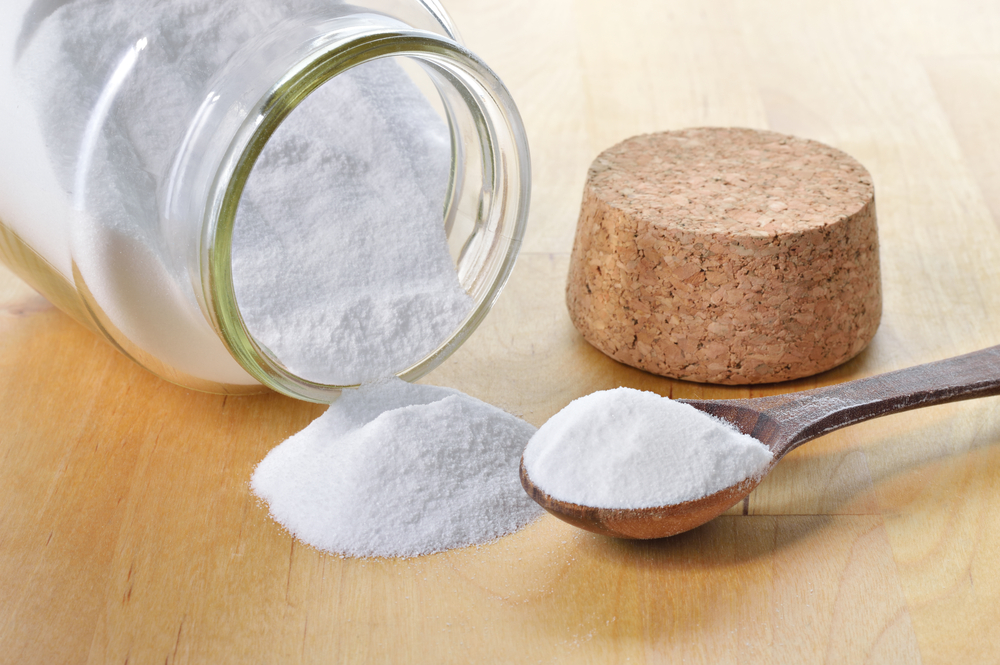
What Is Baking Soda?
Baking soda, also known as sodium bicarbonate, is a naturally occurring crystalline chemical compound but is often found in powder form. Although baking soda is naturally occurring, it is often mined and, through a chemical process, created. Most baking sodas found commercially in the United States come from ore mined in Wyoming. The ore is heated until it turns to soda ash, and then it is combined with carbon dioxide to create the chemical baking soda. That being said, naturally occurring baking soda is also still available and is mined in the form of nahcolite. Nahcolite is the form of sodium bicarbonate that is most natural and has no chemical additives. Bob’s Red Mill is proud to sell natural baking soda that has not been chemically produced.
Baking soda is highly versatile and when used by itself or combined with additional compounds, can lend itself as a remedy for multiple different uses. Valued for its cleaning and baking properties, baking soda has been used for thousands of years. Use of baking soda dates back to Ancient Egypt when it was used as a cleaning and drying agent in the process of mummification. Baking soda became commercially available during the mid-19th century and has since become a staple in most homes, whether it’s in cleaning products, beauty products, or even in a wide range of cooking and baking recipes.
How Does Baking Soda Work?
Baking soda is most commonly used in baking as a leavening agent, hence its name. Before the commercialization of baking soda, biological leavening and fermentation processes were used but less convenient due to the extensive length of time associated with biological leavening. As most have formerly learned through science class and experimental measures, when a base meets an acidic ingredient like buttermilk, sour cream or lemon juice, a chemical reaction occurs. This concept is the same for baking soda as it pertains to baking. When baking soda is mixed with an acid and a liquid, it will create bubbles of carbon dioxide gas that give it a fluffy texture. That being said, baking soda can react without acid if it is warmed above 122°F or subject to long-term heat and humidity. If baking soda is stored within reasonable temperatures (at or below 77°F and 75% humidity), it will keep indefinitely.
Baking soda is generally used as an active ingredient in quick-bake recipes such as cookies, muffins, and pancakes. This is because of the fast-acting chemical reaction associated with baking soda and the acidic counterpart. When baking soda is combined with acid, CO2 gas bubbles are released, creating the “airy” effect in batter and dough. Furthermore, once the dough or batter starts to bake, the carbon dioxide will begin to filter through the dough and expand air that is trapped inside. The sources of acid combined with the baking soda will determine if the dough or batter can be kept in the refrigerator or needs to be baked immediately.
For example, if the sources of acid are dry, such as cream of tartar or cocoa powder, then they can keep longer once combined with baking soda. However, if the acids are wet, such as yogurt or lemon juice, then the resulting batter will need to be used promptly. Baking soda can also provide dough with increased pH levels, which creates a heightened alkalinity. Through the increase in pH, the gluten in the dough becomes weakened, which creates a tender texture for cookies and pastries versus something chewier such as bread. Quantity is an important component, considering the effect baking soda has on baking recipes.
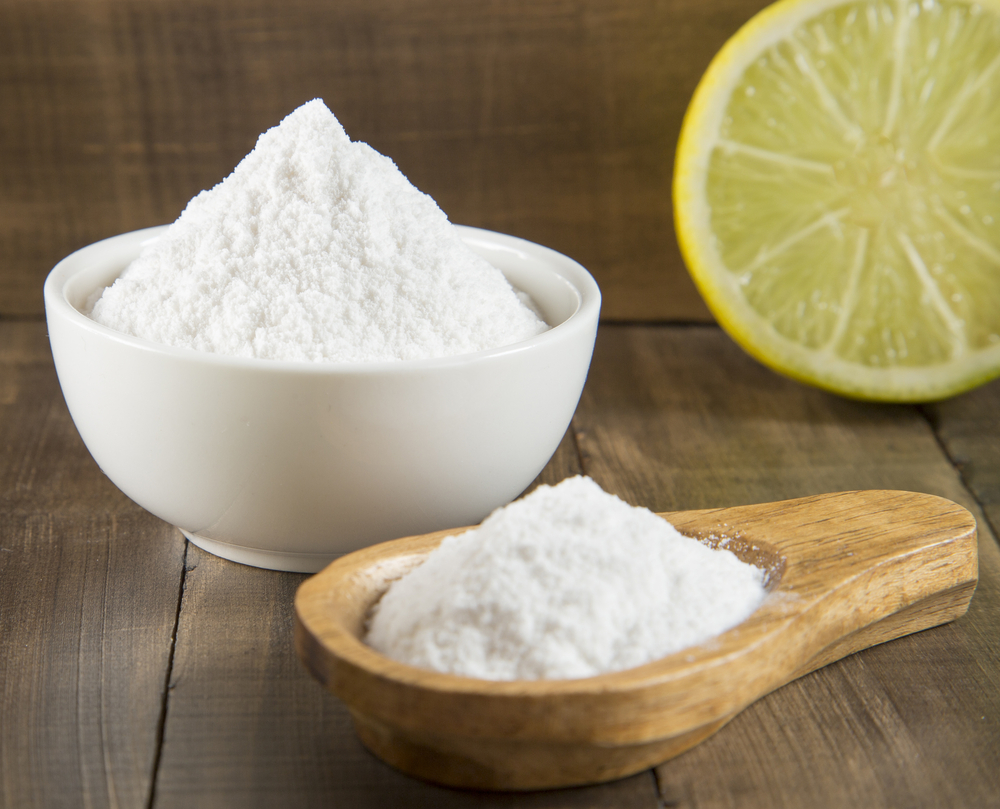
Baking Soda for Household Use
Baking soda is a versatile product that has many household uses simply by itself or when combined with other products. Due to its coarse salt-like nature, baking soda can be used as a scrub of sorts for fruits and vegetables, grills, countertops and even teeth. Commonly added to many kinds of toothpaste, baking soda is a natural powerhouse cleaning product. Baking soda is widely used as a refrigerator deodorant of sorts because some believe it neutralizes lingering odor. Chemically, baking soda reacts in a similar fashion when it is used in baking recipes such as muffins and scones as it does with odors. This is because baking soda is basic and most odors are acidic, and this provides for a similar atmosphere for a neutralizing reaction to occur.
Baking soda and vinegar are not only baking partners in crime, but also stellar cleaning partners, due to their chemical composition. When combined in baking recipes, baking soda and vinegar (or acid) work together harmoniously to create the leavening process of batters and doughs. Similarly, when combined for cleaning purposes, baking soda and vinegar create an abrasive environment that is tough on stains, dirt, and clogged drains. As previously mentioned, when baking soda is heated above 122°F, it creates carbon dioxide. This is what makes baking soda a great fire extinguisher and why it remains one of best ways to put out a grease fire. The increase of carbon dioxide cuts off the fire’s source of oxygen, creating an environment that is not sustainable for the fire.
Baking Soda vs. Baking Powder
Similar to baking soda, baking powder is a leavening agent used in quick-bake recipes. Often confused and mistaken for one another, these two interact within recipes in different ways and are very different in composition. It is important to consider the differences between both baking soda and baking powder when exploring baking recipes. As previously mentioned, baking soda is a leavening agent that, when mixed with acid and liquid, becomes activated and produces CO2 bubbles. Similarly, baking powder is a leavening agent that produces CO2 bubbles. However, the composition is one of the major differences.
Baking powder is composed of baking soda itself, paired with another dry acid, such as cream of tartar. As a result, baking powder has the ability to be single or double acting. Single-acting baking powder performs in a similar way to baking soda that has been combined with an acid. It quickly releases CO2 and creates the leavening process that must be quickly taken advantage of. However, a double-acting baking powder can be activated twice through different means. Once the liquid is added to the baking powder, it becomes activated and produces the CO2 bubbles.
In addition to the first activation, there is a secondary activation that can take place once the solution, or batter, is exposed to heat (placed in the oven). This also creates the ability for an elongated time frame that is not present within the reaction caused with baking soda and acid. This means that because baking powder is activated by liquid and already has the dry acid component (cream of tartar), it can be preserved in the refrigerator longer. This is why items such as cookie dough can remain in the refrigerator, while cake batter must be cooked promptly.
Why Is Baking Soda Important?
Baking soda is an important and fundamental component of most baked goods and many cleaning products for several reasons. It is the driving force behind the desired consistency and taste of most of our quick-bake treats, and the powerhouse cleaning agent in many of our household products. Through the chemical reaction created by combining baking soda with liquid, acid, and heat, carbon dioxide is created. These tiny CO2 gas bubbles allow for soft and airy baked goods such as cookies, pancakes, and cakes. Baking soda also increases pH levels while reducing gluten. This creates less chewy and more tender baked goods. Though baking soda recipes call for seemingly small amounts, it makes all the difference if you don’t have it. Baking soda has become an integral part of baking recipes and household use, and without it, we may not have the ability to get our fast, fresh-baked, tender, and crunchy cookie fix!
Don’t have baking soda around? Here are baking soda replacements and substitutes you can use instead.
